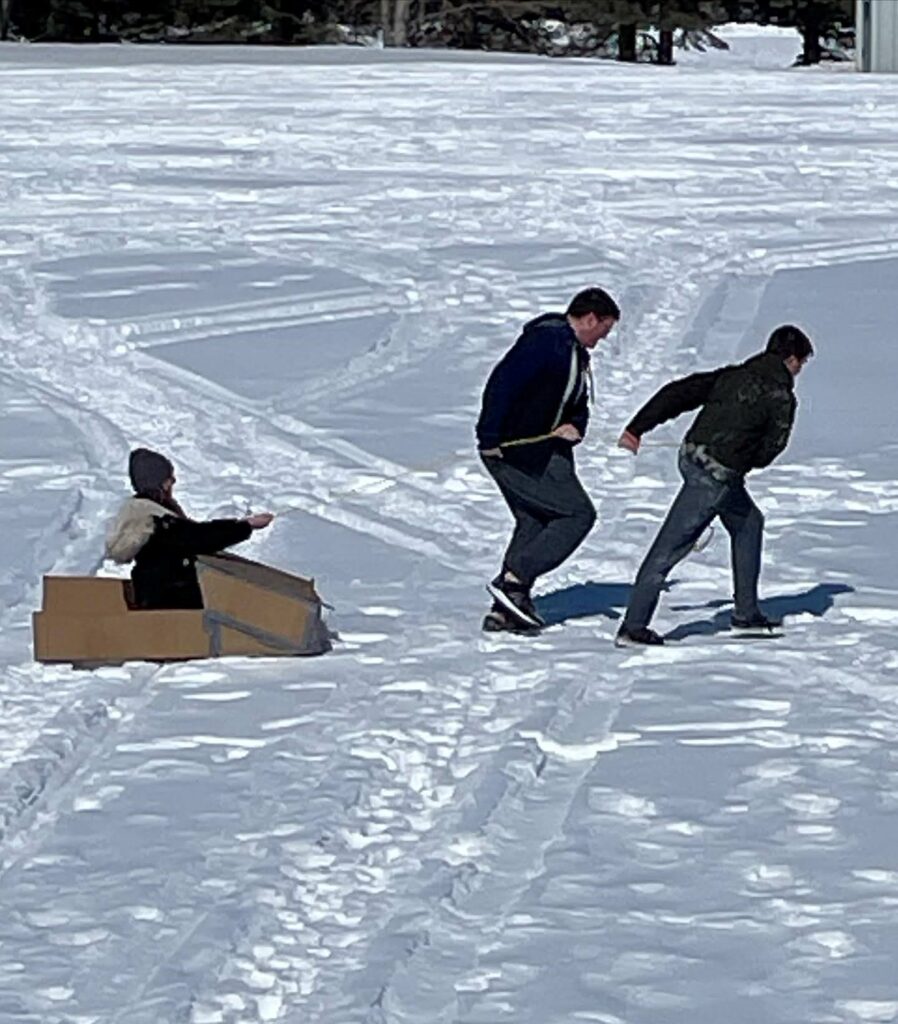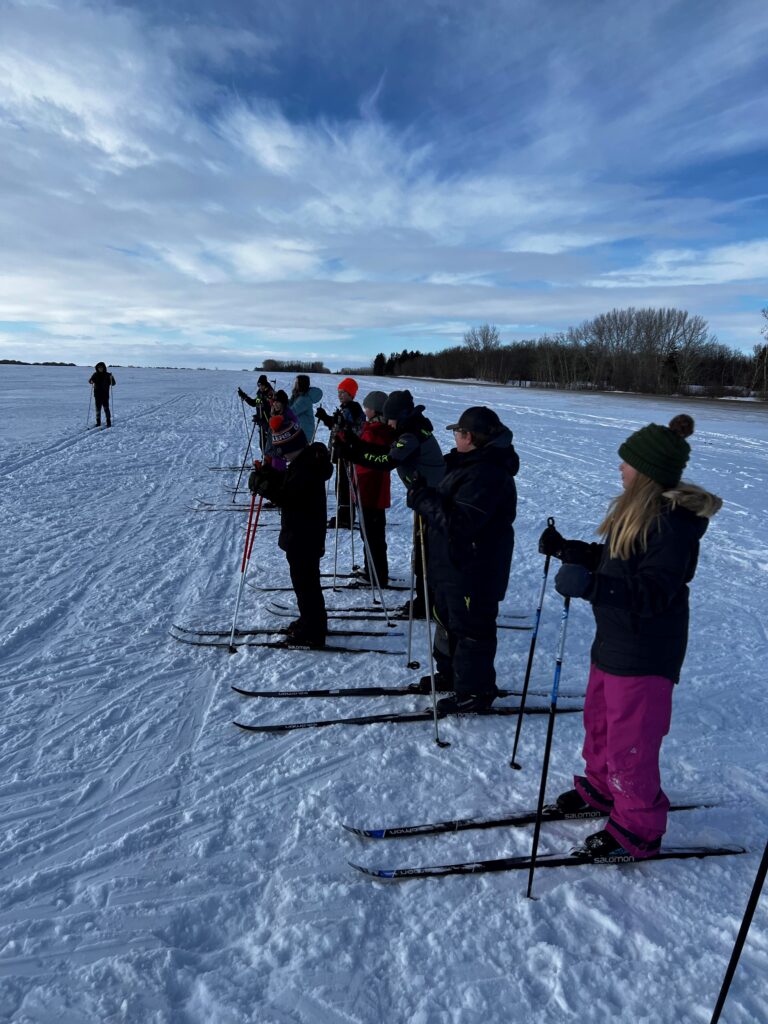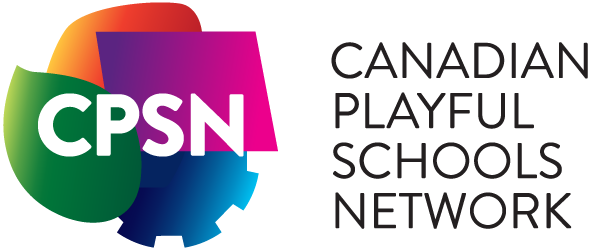Building a strong teacher team to foster student connections and engagement!
This K-12 school in the small community of Birch Hills, Saskatchewan prides itself on its clear emphasis on physical, mental, emotional, and spiritual health and wellness. The school’s project evolved from building an outdoor learning space (click here for more information), to organizing a school-wide outdoor festival that celebrates the rich connections between students, teachers, and the community. Birch Hills uses and prioritizes play as a way of responding to the Truth & Reconciliation calls to action by acknowledging and preserving culture and traditions through land-based learning, while addressing the students’ holistic needs.
In this interview, I (Sajani) sat down with Rylan Michalchuk, Vice Principal of Birch Hills Public School, to speak about the amazing work his team has done as part of their CPSN project.
The Project
To start off, what would you say was the inspiration behind this project?
Even thinking back to before Covid, we realized that the biggest highlights of our school year were when we planned a whole-school activity together. It was any opportunity we got to plan a fun activity that involved all the students that we saw a lot of success. We saw a lot of pride. We saw a lot of positive relationships and connections that were built between multiple grades. When connecting with the other schools of the CPSN who were doing whole-school events, we were reminded of the impact it had on our school as well, so we completely pivoted from our original plan and adapted, which is the name of the game when working on projects like this. We have to be playful with our approaches and mindsets as well, in terms of adapting to change and allowing things to evolve and grow. So we stuck with the outdoor theme of our original project idea, but it evolved into an outdoor festival.
There seems to be many moving parts in this process, how do you organize and plan all of these moving parts so they come together? Well we use Google Docs quite a bit. We have a team of four of us, so we come together and we brainstorm the ideas first and then we just make connections and see how to work through these ideas to make them possible. The nice thing about our school community and wider Birch Hills community is there is always an abundance of volunteers. So, it’s just a matter of organizing the day and then we usually have enough people that will help. The kids really love taking ownership as well. So, once we have a framework of what our plan looks like, we have our kids and community to take charge and support the rest.

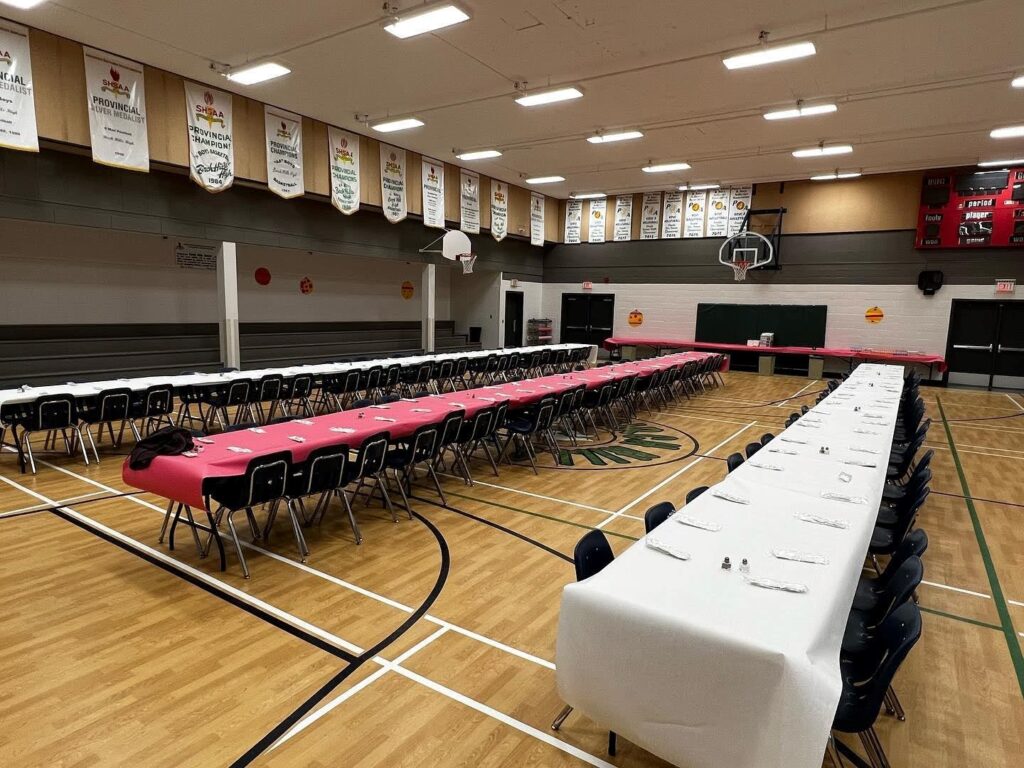
The School
What would you say drives your team to make this project happen for the school?
I would say the engagement driver would probably be at the top of the list. The kids in our elementary classes and in our middle years classes enjoy interacting with other kids from other grades. There are so many moving parts that the students that are on individual inclusive plans in the classroom can be involved and we’re able to connect it to some of the curriculum outcomes in our grades 10,11 and 12 classes to keep them engaged as well. So, it’s an opportunity for them to share their skills and feed our school community and get themselves energized through the connections as well.
What are some outcomes you see from this whole-school involvement?
I think when we were not allowed to do it because of all of our restrictions due to Covid, we felt like we really took some of the things we were able to do before, for granted. We reflected on how valuable that time was when we spent it together as a school. Watching some of the glitches that happen and getting the chance to just witness the students troubleshoot them and take the lead on working through what the issues were.
An example of that was when we had a bunch of kids in our main gym and had half the students at a different location and at a specific segment they had to switch over. The transition didn’t go as they had originally planned. So, watching a group of them take the lead on resetting the tables in the gym and then another group of students going to each classroom and just asking them to be patient and wait another 10-15 minutes for their meal and it was all initiated by the students. It wasn’t really initiated by the staff, so those things make me proud as a person, as a teacher and vice principal in the school community. The skills that they learn and teachable moments that they take ownership of are pretty awesome to witness. When the whole school gets involved in an activity like that, there is no student that is excluded. Everyone has a role.
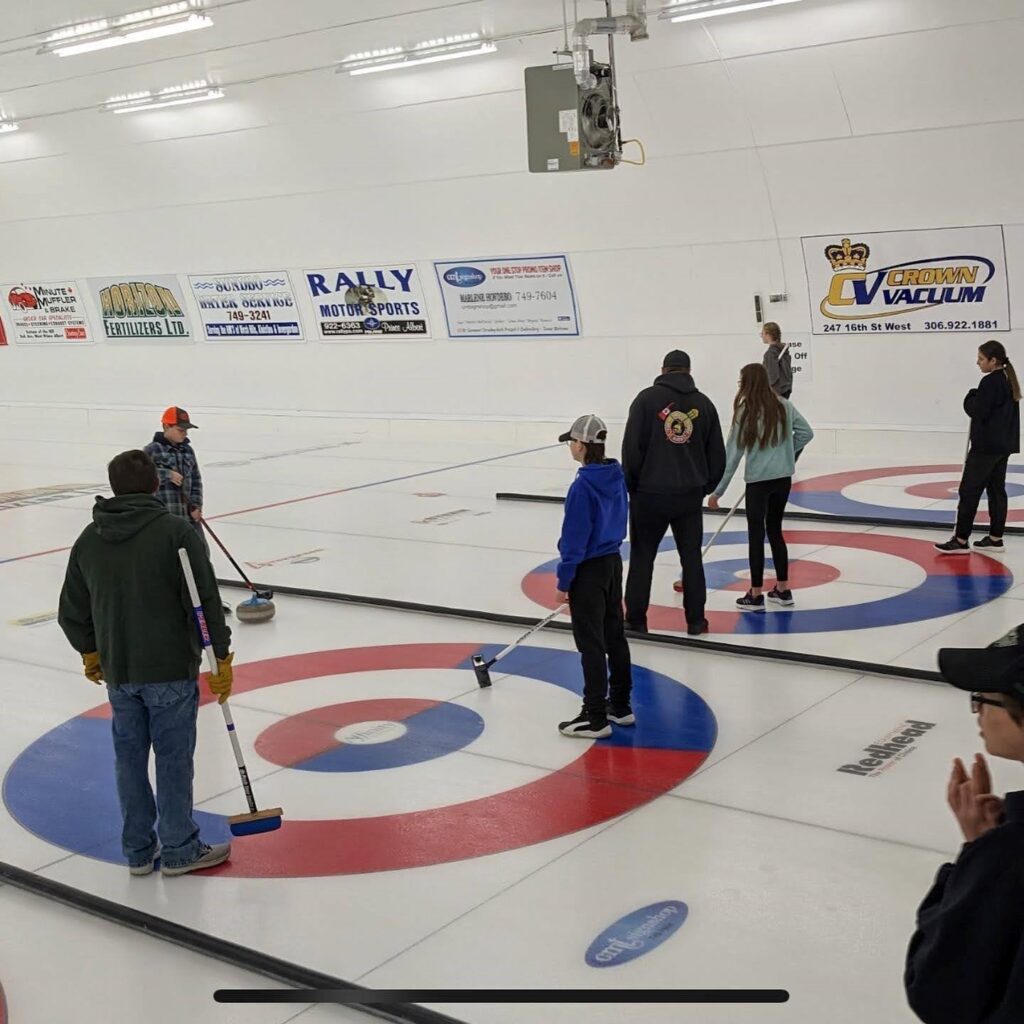
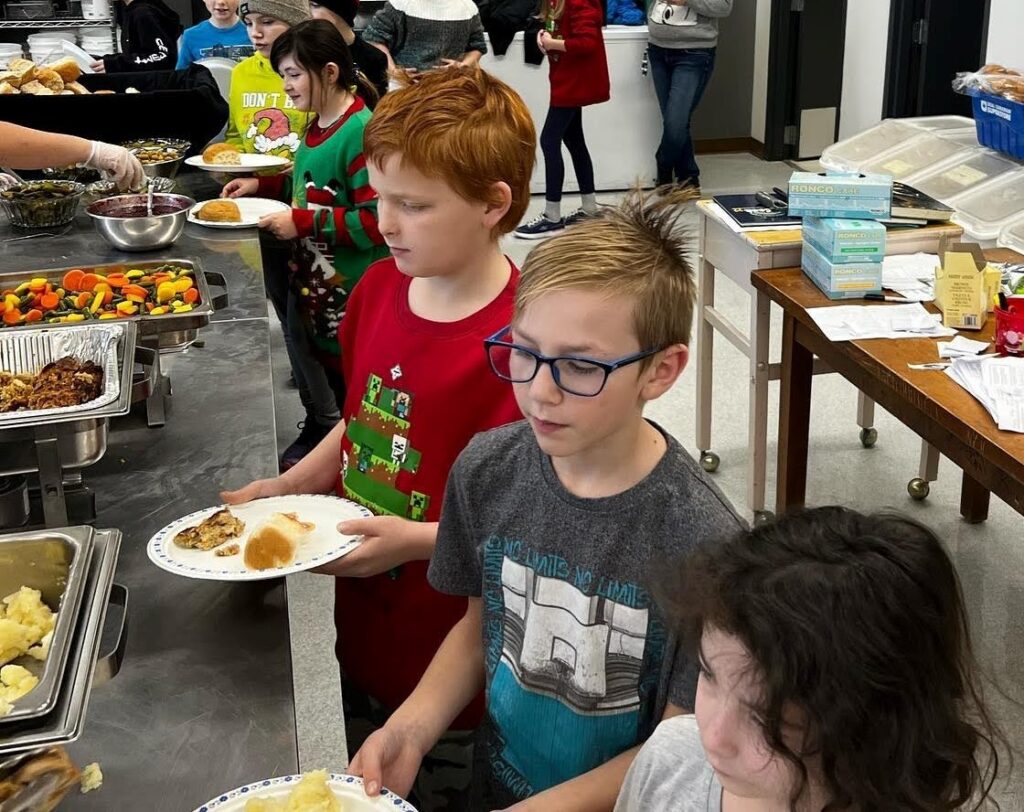
The Team
How does working together in a teacher team like yours impact your classroom?
We have a focus on collaborating as a group. The six of us are able to support each other in our different roles but I think the main piece is that collective efficacy that supports student learning in the classroom. The key takeaway for us as a team was how projects like these evolve. We had some different ideas on how we were going to spend the money, but when we were guided into coming up with an idea, we wanted it to be a lasting legacy or something that we could do each year. It shifted our thinking even on different things and different ways of assessing student learning and different project ideas. The centering point was always ‘let’s ask the kids what they want more and then connect it to the curriculum and work through it as a team’.
What would you say really works when it comes to that teacher-team dynamic?
The communication between us and the schedule that I have set at the beginning of the year to make sure the teachers feel supported throughout and don’t feel like oh this is one more thing to do. Check-ins really help, like the informal check-ins just to show that we’re interested in knowing what’s going on. Having that open door or that trusting relationship so they come to us when they’re frustrated or when they need help with different things. I feel like one of our strengths here is the communication part and making sure that the teachers are aware that they’re not in this alone.
One thing I really want to mention is how fluid our plan was and how important it is that teachers are adaptable and flexible. The structure of our school day allows for that to happen as well, just because we don’t have a bell system they have to go by. They have a morning time and an afternoon time so from an administrative perspective, it allows for more flexibility. It’s so important to have those features of flexibility and to have some fluidity in your school day.
What would your advice be for other schools?
It would be to take a risk and accept the failures. The rewards will definitely outshine any failures. From my experience, those are the memories that students will connect with in the future. It also gives the students more ownership and gives them a path to being part of the school community. Take the risks!
